
(Photo/China News Service)
Archaeologists have found two stones sculpted like silkworm cocoons dating back to over 6,000 years ago in North China’s Shanxi Province, local media reports said on Sunday.
“The total excavation site covers over 6,000 square meters,” Fang Qi, head of the archaeological excavation team and dean of the School of Archaeology at Jilin University, told the Global Times on Tuesday.
“It indicates that our ancestors entered a period of sericulture with a silk reeling technique thousands of years ago,” said Fang, adding that massive mulberry trees had once been planted in Yuncheng, which is now a well-known coal city in Shanxi.
The discoveries are located in the Shicun Ruins, a village in Yuncheng, Shanxi. They were found during a joint effort by an archaeological team from Jilin University in Northeast China’s Jilin Province and the Institution of Archaeology of Shanxi Province.
In addition to the stones that are same size as the real silkworms, in the past four years’ excavation since 2019, archaeologists have discovered a total of six exquisite spiral carved silkworm chrysalis stones, one pottery-made silkworm chrysalis, and dozens of stone balls that have similar shapes to silkworm eggs.
They believed that the stone balls were used in slingshots that were used for hunting.
The discovery of the stones also points to an independent silk industry unique to northern China’s Shanxi and China’s Yangshao Culture, experts said.
“This should be considered as the coal city’s own silk farming at the time, as we haven’t found any direct evidence that is related to nowadays’ highly developed sericulture in southeastern China such as Zhejiang and Jiangsu,” added Fang.
Archaeologists also found relics of farming and cooking tools and related facilities at the Shicun Ruins.
“But such small traces of living tools cannot prove that the site belonged to a living area. Instead, it is more like a handicraft workshop area for silkworm farming,” added Fang.
Another nearby dig at the Yuancun Ruins, covering a massive area of 1.8 million square meters, is now believed by experts to be somehow related to this silkworm farm.
“Might there have been trade by our ancestors between Yuancun and Shicun? Or maybe the former was simply the living area for ancestors who worked on the farming in the daytime? This is what we are going to find out this year,” said Fang.
Traces of sericulture in the area were previously discovered nearly 100 years ago. In 1926, archaeologists found half a carbonized silkworm cocoon with traces of manual cutting in Xiyin village, Yuncheng, another site that belongs to Yangshao Culture. It revealed the fact that ancient ancestors living in northern China had already started to raise silkworms over 6,000 years ago.
The multiple ruins in Yuncheng, including Xiyin and Yuancun, where countless pieces of pottery ware have been found, prove the existence and development of Chinese Yangshao Culture, an important culture that extended mainly along the middle reaches of the Yellow River.











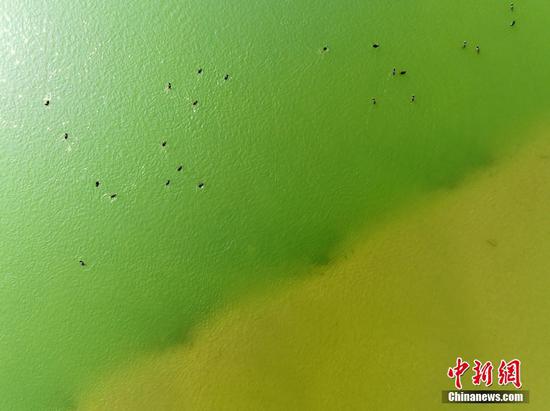



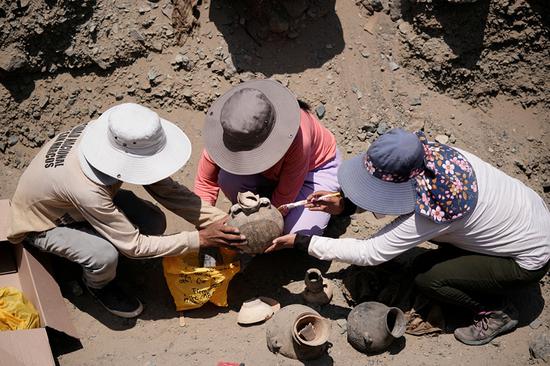





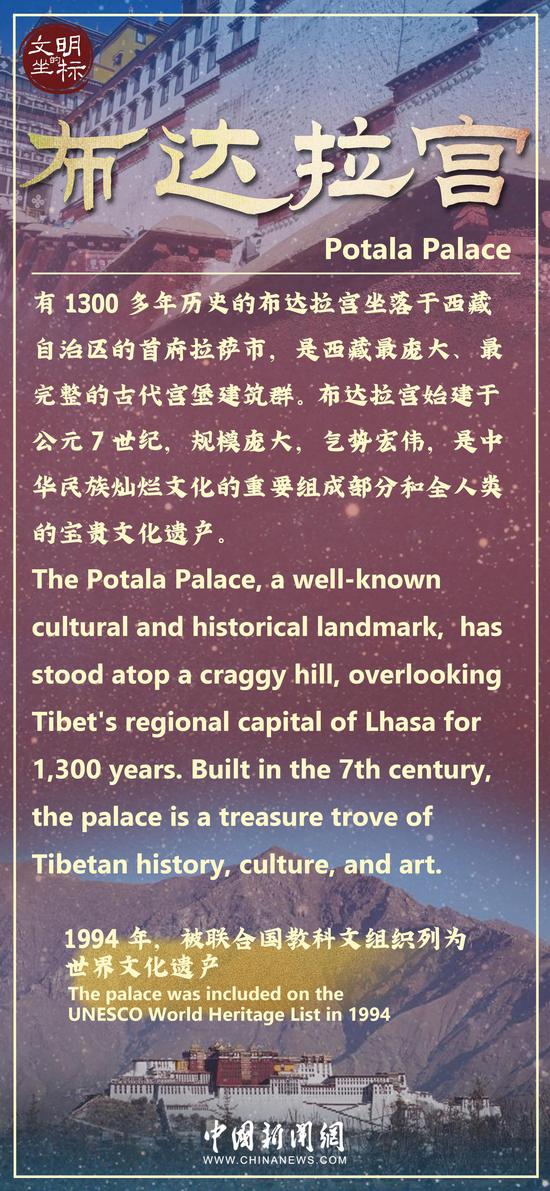



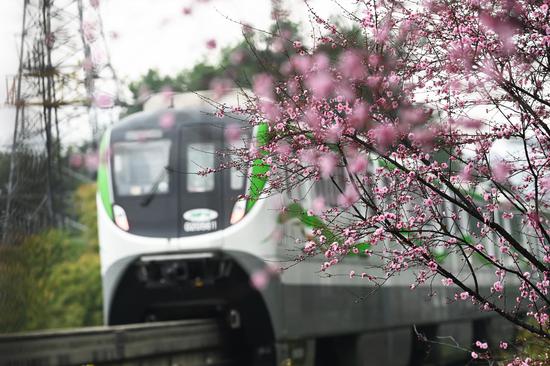



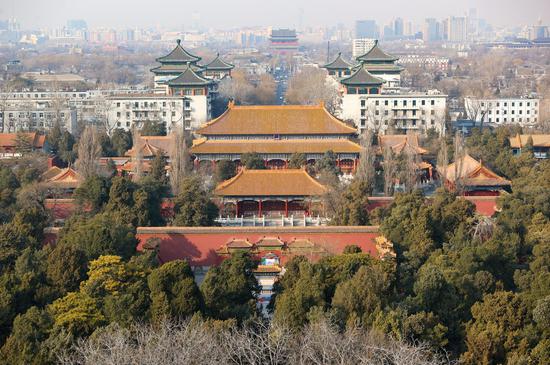

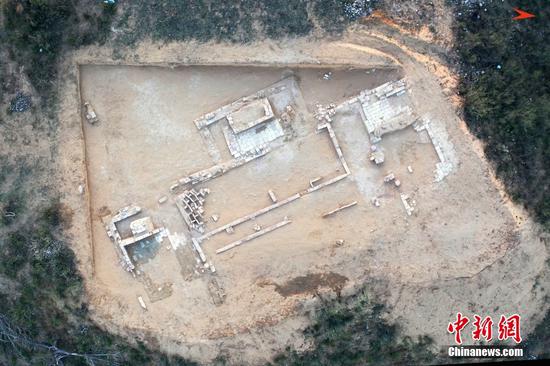
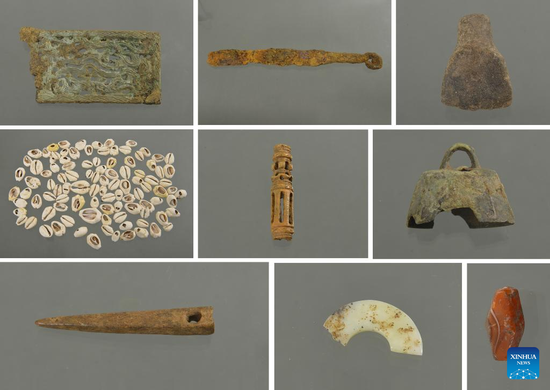

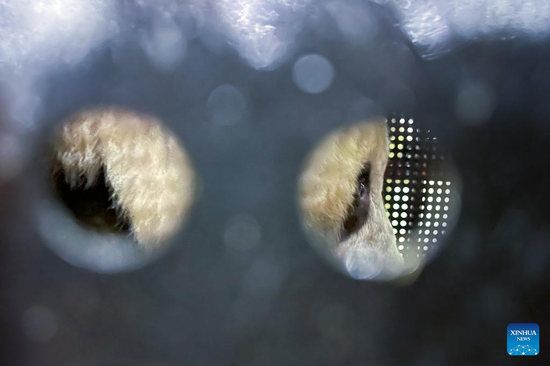





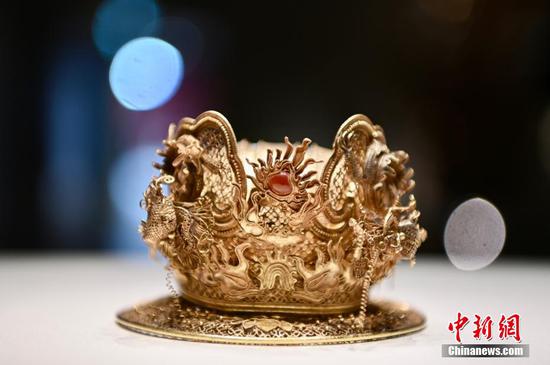
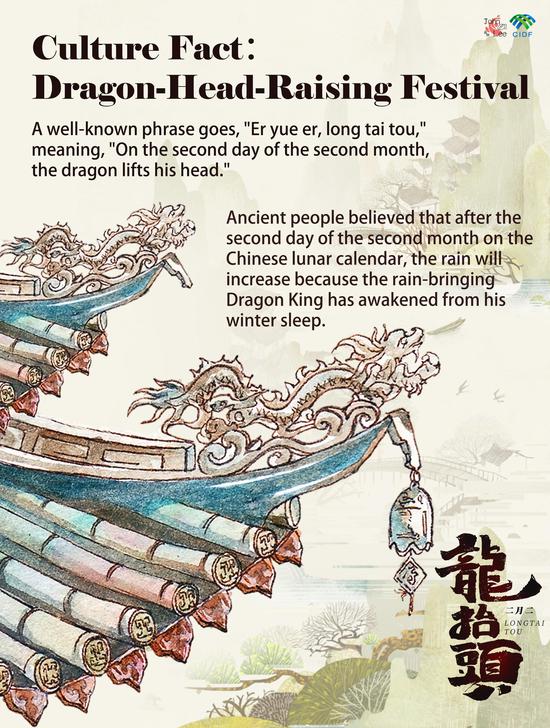
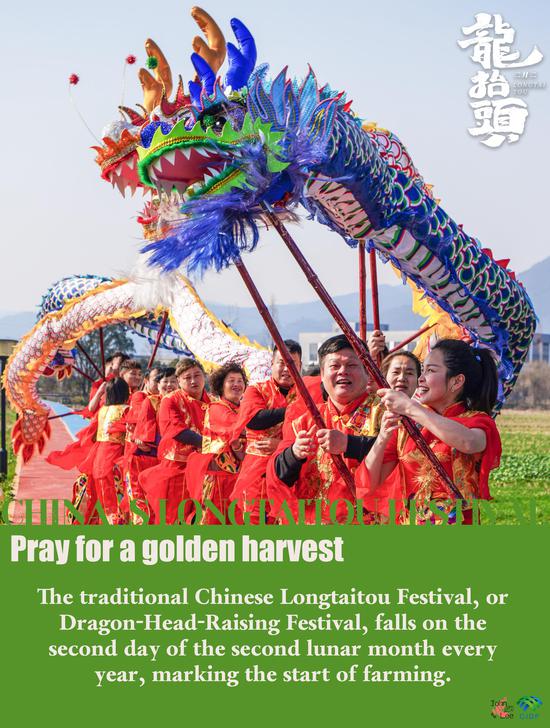





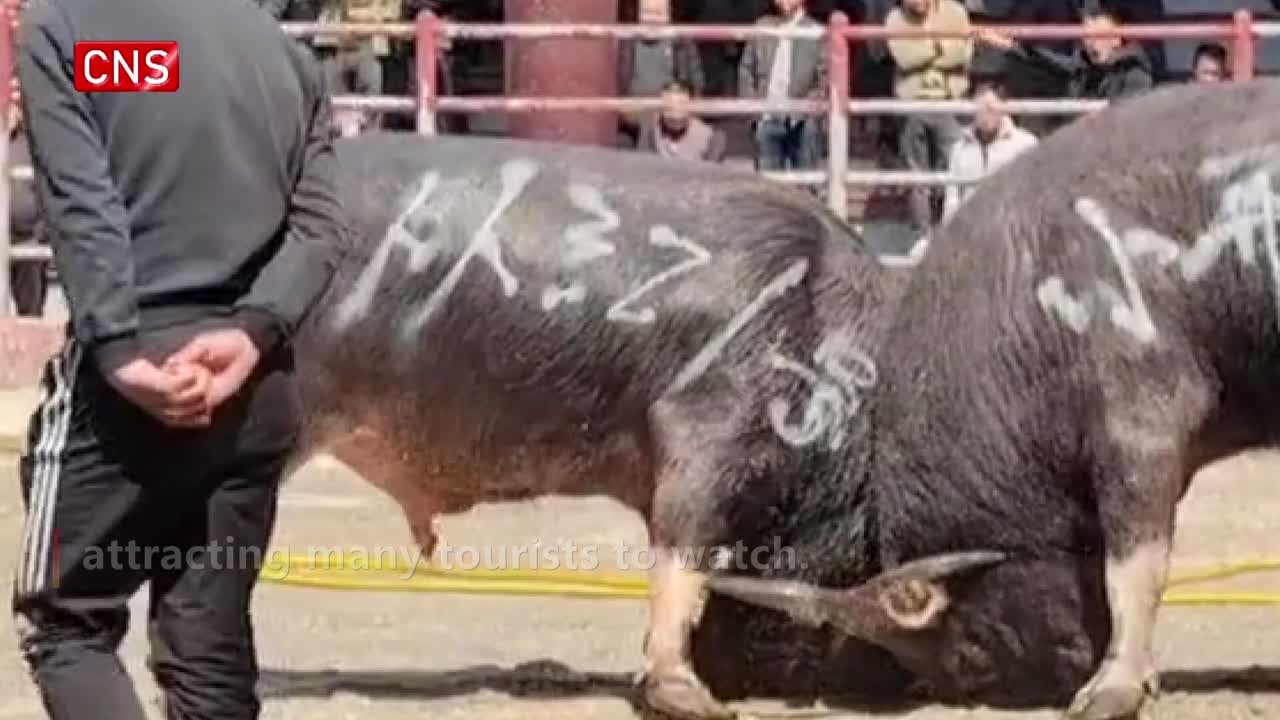

 京公网安备 11010202009201号
京公网安备 11010202009201号